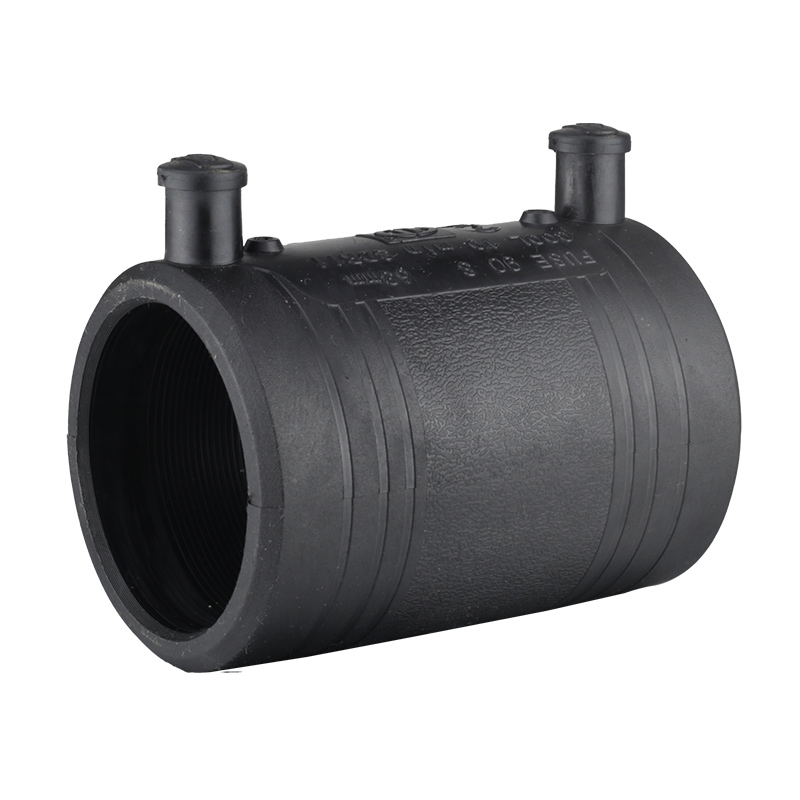As a classic and durable floor decoration material, wooden flooring is widely used in homes, offices, and commercial spaces. Choosing the right size of wooden flooring not only affects the overall appearance but also the difficulty of installation and maintenance costs. This article will discuss in detail how to choose the right size of wooden flooring based on different factors.
1. Basic knowledge of wooden flooring size
1.1 Standard size
The standard size of wooden flooring varies depending on the material and production area. Common solid wood flooring widths range from 3 inches (about 7.62 cm) to 8 inches (about 20.32 cm), and lengths are usually 3 feet (about 91.44 cm) to 10 feet (about 3.05 meters). The sizes of composite flooring and laminate flooring are more diverse, with common widths ranging from 5 inches (about 12.7 cm) to 8 inches (about 20.32 cm), and lengths ranging from 3 feet (about 91.44 cm) to 12 feet (about 3.66 meters).
1.2 Non-standard size
In addition to standard sizes, there are some non-standard sizes of wooden flooring on the market. These floors can be customized according to specific needs, such as extra-long or extra-wide floors, which are suitable for large spaces or occasions that require special designs.
2. Consider the size and layout of the space
For smaller rooms or spaces, it is recommended to choose narrower wooden floors. Narrow floors can make the space appear more spacious and avoid visual oppression. For example, floors with a width of 3 inches to 5 inches are ideal for small spaces. In addition, shorter lengths also help reduce waste and improve material utilization.
In large spaces, wider floors can be selected to enhance overall stability and visual effects. Floors with a width of 6 inches to 8 inches are suitable for most home and commercial environments. Longer floor slats (such as more than 8 feet) can reduce the number of seams and make the floor look neater and more coherent.
For long and narrow rooms, you can choose to lay wider floors horizontally to balance the proportions of the space. For example, in a rectangular room, using a wider floor can break the monotony and increase the sense of hierarchy. At the same time, you can consider using herringbone or diagonal laying to further optimize the visual effect.

3. Match the room style and design
If you like simple and modern styles, wider wooden floors can better show the effect of simplicity and atmosphere. If you like traditional and classical styles, narrower wooden floors are more suitable. Therefore, when choosing the size, you need to choose according to your preferences and decoration style.
4. Consider installation and maintenance
4.1 Installation convenience
Different sizes of wooden floors have different difficulties when installing. Generally speaking, narrower floors are easier to carry and install, suitable for DIY projects. Wider floors require more tools and techniques and are best installed by professionals. In addition, long floor slats also need special care during transportation and storage to avoid bending and deformation.
4.2 Maintenance cost
The maintenance cost of wooden floors is also one of the factors that need to be considered when choosing the size. Narrower floors are easier to clean and maintain because there are more seams and dust and dirt are not easy to accumulate. Wider floors need to be waxed and polished regularly to maintain their luster and extend their service life. In addition, if long floor slats are damaged, it may be more troublesome and expensive to replace them.
5. Budget and cost-effectiveness
The price of wooden flooring is affected by many factors, including material, brand, size, etc. Generally, wider and longer floors are more expensive because they use more raw materials. Therefore, when choosing the size of wooden flooring, you need to consider your budget and actual needs comprehensively. If your budget is limited, you can choose standard-sized floors to meet basic needs and control costs.
In addition to the initial purchase cost, you also need to consider the maintenance costs and durability in long-term use. Although wide floors may have a large initial investment, they may be more cost-effective in the long run due to their good stability and longer service life. On the contrary, narrow floors are cheaper, but if they are frequently replaced or repaired, the overall cost may not be low. Therefore, when choosing the size of wooden flooring, a comprehensive cost-benefit analysis should be conducted.
Choosing the right wooden flooring size is a comprehensive task that requires considering factors such as space size, design style, installation and maintenance, and budget. By carefully evaluating these factors, you can find the wooden flooring size that best suits your needs and adds a unique charm to your home or commercial space. I hope this article can provide you with valuable reference information to help you make a wise choice.
As a wooden flooring company from China, we are well aware of the importance of choosing the right wooden flooring size. We offer a variety of sizes of wooden flooring for customers to choose from to meet different needs. Our professional team will provide customers with the most suitable wooden flooring size recommendations based on customer requirements and room characteristics. We are committed to creating a comfortable and beautiful home environment for our customers.
www.boruiwoodfloor.com
Borui floor




More Stories
Maximizing Retail Space with Innovative Display Hooks
Why Bluetooth Water Bottles Are Becoming Popular Among Fitness Enthusiasts
Customizing Intelligent Circulation Fan Remote Controls for OEM and ODM Projects